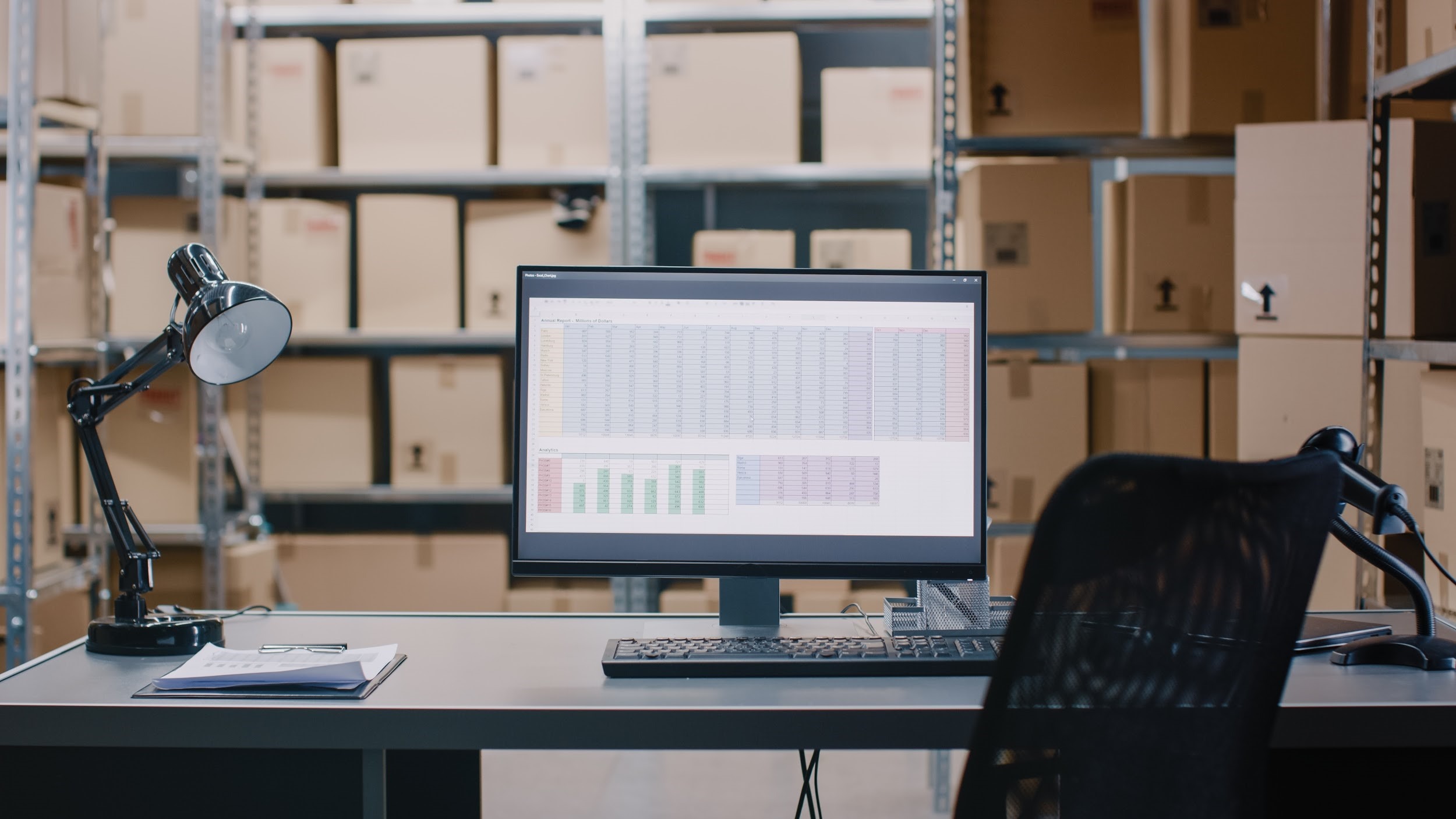Welcome to Parcelconsulting
Welcome to Parcelconsulting

Ecommerce novices often assume shipping products is as easy as finding a box, loading it with the contents of an order and getting it out the door. They quickly learn, however, that there are more intricacies to shipping than previously thought.
Even packaging is its own variable to strategize. There are several types of packaging to choose from at many different price points, so e-tailers should research thoroughly and determine what will work best for the business and its needs. You can always ask the experts when in doubt, but this guide breaks down the basics.
This is how to choose the best packaging for your shipments.
Setting your budget is the first step of choosing the best packaging for shipments. This gives you a narrower window of materials to choose from because you have a spending limit, but it also gives you insight into what you can spend on package design. After all, the goal is to make your shipments as visually appealing as possible. Your packaging is an advertisement for your products, so you want them to be as enticing as possible.
For example, glass and natural fibers give packages an elevated look, but they are heavy and easily breakable. They’re also expensive, and unless you’re willing to front the costs, customers will have to pay the upcharge. Some of them would not mind because they would perceive this package to be of greater value, but others would disagree.
On the other end of the spectrum is budget packaging that may not be the prettiest but still provides crush protection and opportunity for design. These materials, such as food grade cardboard and plastic, can easily be customized to tell another piece of your brand story. Just be careful with plastic. Today’s eco-conscious consumers are choosing to shop with businesses that are sustainable.
Working within your budget requires a delicate balance between materials and creative upgrades—including choosing the right-size packaging—and the solution looks different for every business.
Once you’ve determined your budget, it’s time to look at your products. What, exactly, are you shipping? There are four main elements to consider—size, weight, materials and durability—that affect which packaging will best suit your shipments.
The most obvious facet to consider is the size of your products. This will determine how big or small the box must be. If you have access to different box sizes, try them out by arranging your product inside the boxes the way you would if you were packing a shipment.
Product weight is another aspect to consider, as this affects how sturdy of packaging you need. It will also be more expensive to ship a heavy product, even if it’s small. Many shipping carriers now charge based on whichever is greater between weight and volume, so both should be calculated ahead of time, so you don’t get any surprises. You can usually prevent any setbacks when you utilize the right shipping software, which will have built-in rates for weights and various packages sizes that you can set to auto-fill based on your preferences and filters.
Materials and durability go together. Glass and ceramic objects are typically fragile and must be packed with plenty of protection, so they don’t arrive damaged. Other products like art pieces, antiques or other valuables should also be packed with protective materials and marked as fragile when shipped.
The next step after budgeting and examining your product catalog is choosing the best packaging for your shipments. Let’s look at the most used options.
Getting started in shipping and logistics isn’t easy. There are a lot of moving parts, and details can slip through the cracks. Two of the top three mistakes shippers make are with packaging sizes. Choosing too large of a box can be expensive, especially if the volume exceeds the weight. A large box also leaves more room for items to move around (and break) during shipping. Choosing too small of a box, however, leaves no room for protective materials.
The third top mistake is to ship with the wrong carrier. Many novice online sellers ship with the big names and forget to research regional and local courier services. UPS, USPS, FedEx and DHL are all excellent carriers, but they don’t always provide the best shipping rates to direct users.
This is where we come in: Parcel Consulting saves clients at least 10% (usually more) on monthly shipping costs by connecting you with our network of providers so you can maximize spend.
Parcel Consulting was started with a simple mission in mind: Connect end shippers with the best carrier and rate strategy for their needs and the best software options to streamline, automate and improve the accuracy and efficiency of the daily pick, pack, and label-printing process for their business.
We work with many different carriers and software partners, so that we can recommend the best solution based on more than a decade of actual experience with all these providers.
Most people, even those experienced in shipping and logistics, are surprised to find out how many new and innovative carriers and software options exist now.
We have been tracking, comparing and evaluating them objectively for more than 10 years and we freely share our personal review of your shipping needs by simply scheduling a phone call or video conference with one of our experienced shipping consultants.
We’ve been preparing for this for more than a decade and we’re here to help! Give us a ring to discuss your options at: 833-PARCEL-1 (833-727-2351).